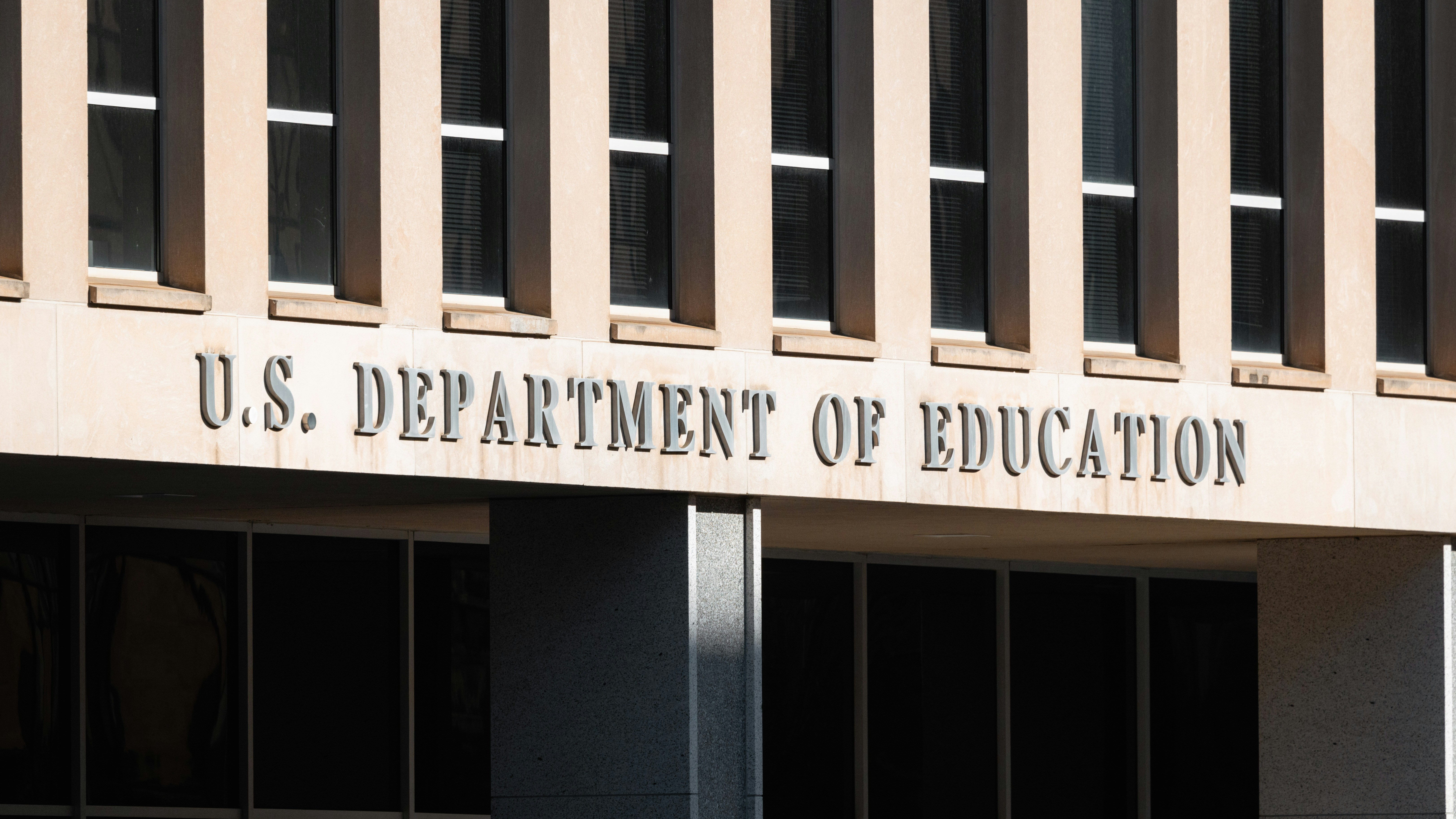Recent reports about potential staffing reductions at the U.S. Department of Education's Office of Special Education Programs (OSEP) and its parent office, the Office of Special Education and Rehabilitative Services (OSERS), have raised concern across the special education community. While much of the focus has been on the scope and timing of those reductions, the moment also invites a broader look at what these federal offices are designed to do, and how well students with disabilities are faring under their oversight.
What OSEP and OSERS Do
OSEP administers the Individuals with Disabilities Education Act (IDEA), which provides federal funding to states for special education and early intervention services. In practice, this includes:
- Approving state grant applications and ensuring compliance with IDEA Part B requirements.
- Collecting and analyzing data through State Performance Plans (SPPs) and Annual Performance Reports (APRs).
- Issuing annual state determinations, ratings such as "Meets Requirements" or "Needs Assistance", based on compliance and results indicators.
- Providing differentiated monitoring and support under the Results-Driven Accountability (RDA) framework.
OSERS oversees these functions more broadly and supports state agencies, rehabilitation services, and policy guidance related to special education.
Federal Funding Continues
Despite the uncertainty surrounding staffing, IDEA Part B funding to states continues without interruption. On July 1, 2025, the U.S. Department of Education issued its annual IDEA Part B grant award letters, allocating funds to all 50 states, the District of Columbia, and U.S. territories for the 2025–26 school year. These grants, authorized by Section 611 of IDEA, support special education services for children ages 3–21 and are distributed according to a statutory formula based on population and poverty data.
In other words, regardless of internal staffing changes, federal funding for special education services continues to flow to states as required by law.
Key Indicators of Student Outcomes
National data provide a mixed picture of progress for students with disabilities:
- Enrollment: In 2021–22, about 7.3 million students ages 3–21 received IDEA services, roughly 15 percent of public school enrollment. (NCES)
- Graduation: The adjusted cohort graduation rate for students with disabilities was 71 percent, compared with 87 percent for all students. Every state reported lower graduation rates for students with disabilities than for the overall student population. (NCES)
- Achievement: The 2024 National Assessment of Educational Progress (NAEP) showed that average fourth-grade reading scores declined by 2 points since 2022 and remain 5 points below 2019 levels. Math scores rose slightly from 2022 but have not returned to pre-pandemic levels. (Nation's Report Card)
- Inclusion: As of fall 2022, roughly 68 percent of students served under IDEA spent at least 80 percent of the school day in general education classrooms, continuing a gradual upward trend in inclusion. (NCES)
What Happens Next?
The potential RIFs come at a time when both academic recovery and staffing shortages challenge special education systems nationwide. Federal oversight, through data, funding, and compliance reviews, remains a key mechanism for consistency across states. At the same time, national achievement and graduation data suggest continued disparities between students with and without disabilities.
Whether staffing changes at OSEP or OSERS ultimately occur or not, the discussion highlights the ongoing tension between federal capacity and measurable outcomes. The offices' work is largely administrative and data-driven, yet the impact is judged in classrooms, by whether students receive timely evaluations, evidence-based instruction, and meaningful access to grade-level content.
For now, stakeholders across education are watching both developments: the outcome of potential federal reductions, and the continuing story told by the data.
